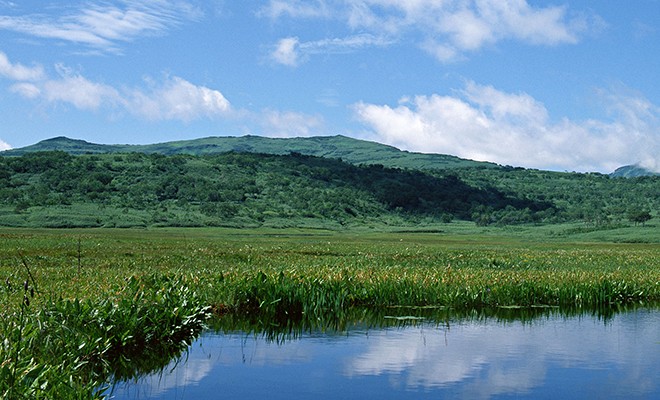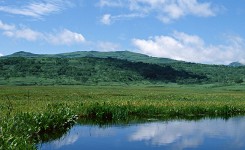Toshio Yamagata and Collaborators
Application Laboratory,
Japan Agency for Marine-Earth Science and Technology,
Yokohama 236-0001, Japan
Abstract
One of the most well-known climate modes is El Niño/Southern Oscillation (ENSO) in the tropical Pacific. In 1999, nother major climate mode associated with a dipole pattern of sea surface temperature (SST) was discovered in the tropical Indian Ocean. The phenomenon is called Indian Ocean Dipole (IOD) based on Saji et al. (1999). The discovery was rooted in recognition of absence of the fall Yoshida-Wyrtki jet in 1994 (Vinayachandran et al. 1999; Behera et al. 1999). Interestingly, in 1994, another unusual condition was found in the tropical Pacific; it led us to introduction of another climate mode called ENSO Modoki showing a tripole SST pattern in longitudes in the tropical Pacific (Ashok et al. 2007; Weng et al. 2007, 2009). More recently, the discovery of coastal ocean-atmosphere coupled modes as typified by Ningaloo Niño (Niña) off the western coast of Australia (Feng et al. 2013; Kataoka et al. 2013; Doi et al. 2013, 2015), California Niño (Niña) off the Baja California (Yuan and Yamagata 2014) and Dakar Niño (Niña) off Senegal (Oettli et al. 2016) has opened a new dimension in regional climate research. The predictability of those new climate modes may depend on the degree to which those are linked with ENSO under the global climate change, but capturing their intrinsic ocean-atmosphere coupled nature is also important. The predictability of new climate modes will be also discussed, together with the rich scope in applicability of seasonal climate prediction (Yuan and Yamagata 2015).








 English
English 日本語
日本語











